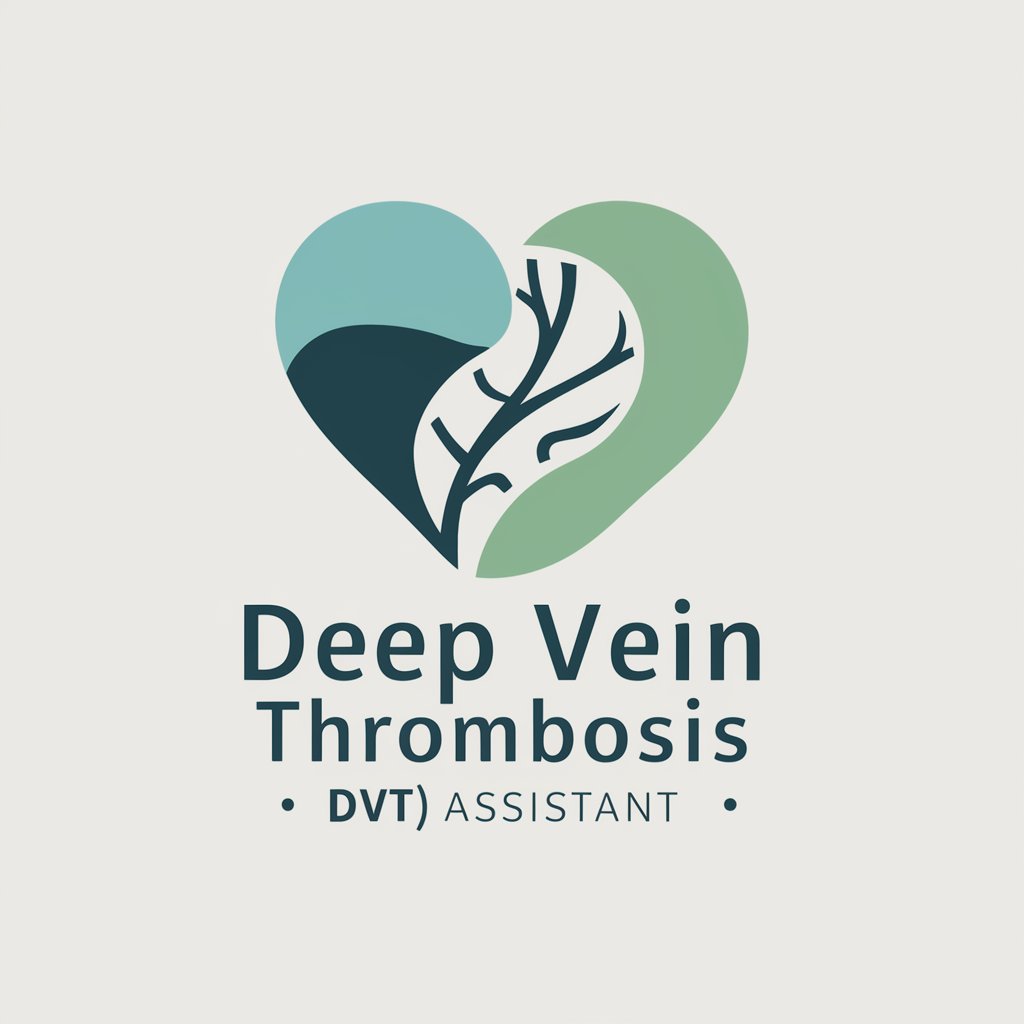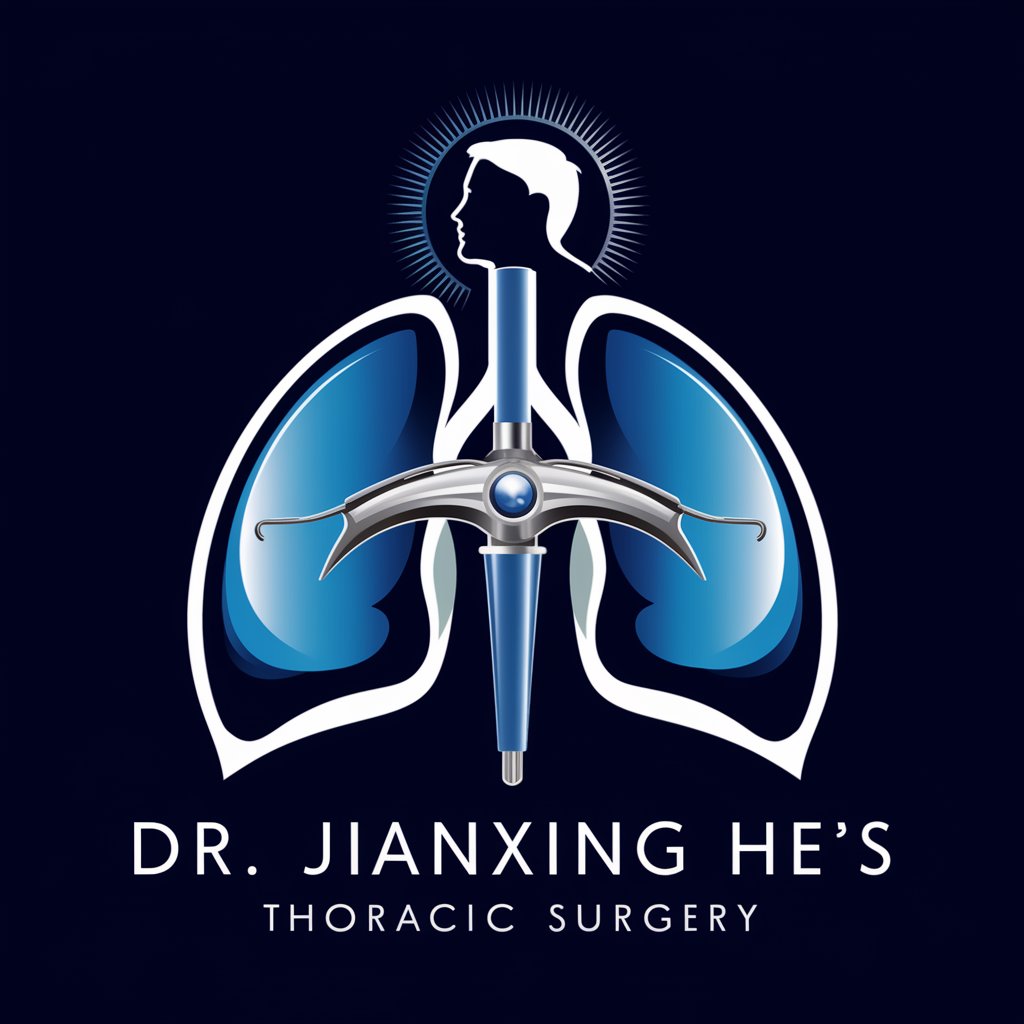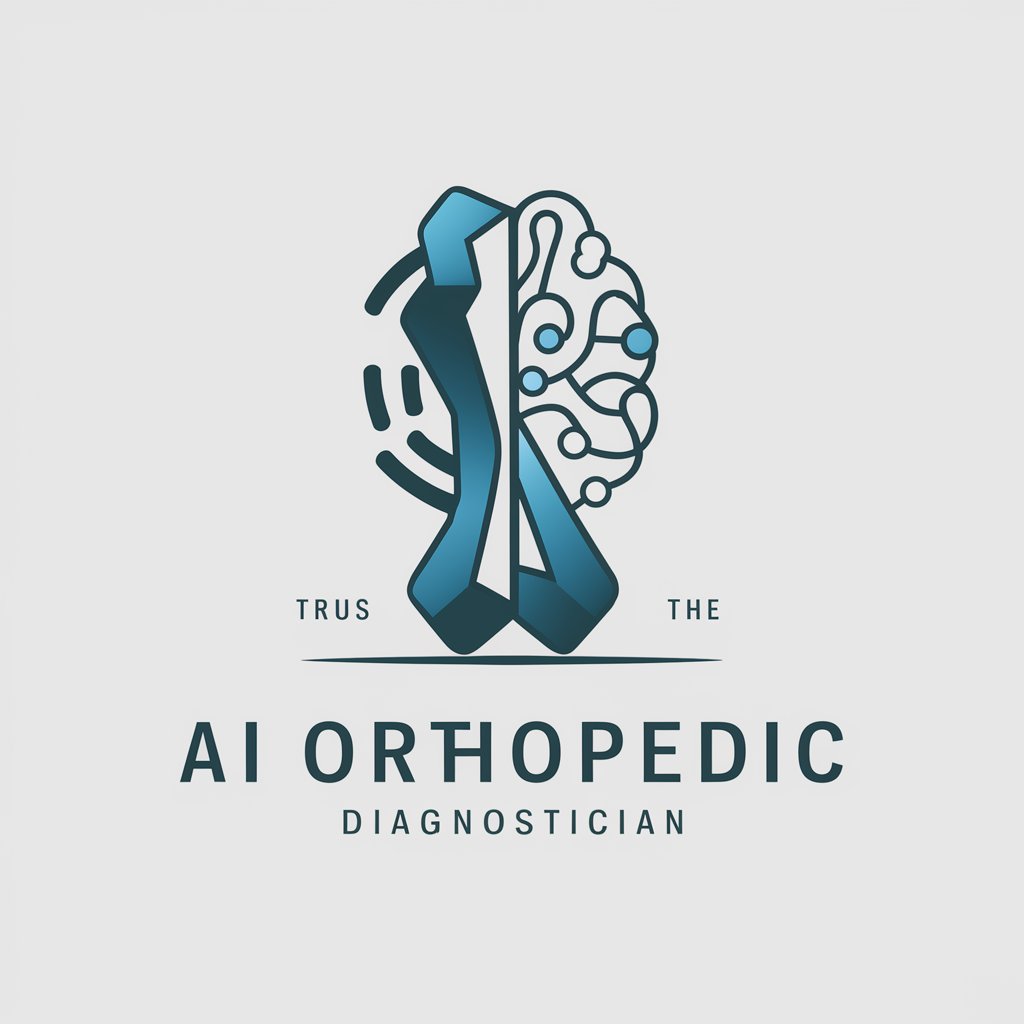
Deep Vein Thrombosis(DVT) - DVT Risk Management Tool

Welcome! Let's learn how to prevent deep vein thrombosis together.
Prevent Clots with AI-Powered Insights
What are the main risk factors for developing deep vein thrombosis?
Can you provide tips on how to prevent deep vein thrombosis during long flights?
What lifestyle changes can help reduce the risk of deep vein thrombosis?
How can exercise contribute to the prevention of deep vein thrombosis?
Get Embed Code
Overview of Deep Vein Thrombosis (DVT) GPT
Deep Vein Thrombosis, commonly referred to as DVT, is a specialized chatbot designed to provide information and raise awareness about the prevention of deep vein thrombosis. This condition involves the formation of blood clots in deep veins, typically in the legs, which can lead to serious health complications if not addressed promptly. The GPT focuses on preventive measures, lifestyle adjustments, and understanding risk factors associated with DVT. It aims to deliver knowledge in an accessible way, offering users insights into how lifestyle choices can influence the risk of developing DVT and highlighting the importance of mobility and hydration in maintaining vein health. Powered by ChatGPT-4o。

Core Functions of Deep Vein Thrombosis (DVT) GPT
Educational Outreach
Example
Explaining the role of exercise in preventing DVT, especially for people who are sedentary or have limited mobility due to work or other conditions.
Scenario
A user inquires about strategies to minimize DVT risk during long flights. The GPT provides tips on leg exercises, hydration, and occasionally walking down the aisle to maintain blood circulation.
Risk Factor Identification
Example
Highlighting individual risk factors such as age, obesity, smoking, and previous medical history which could increase the likelihood of DVT.
Scenario
A user concerned about hereditary risks of DVT gets guidance on the importance of regular check-ups and possible preventive measures like wearing compression stockings and managing weight through diet and exercise.
Lifestyle Guidance
Example
Offering dietary recommendations to support vascular health, such as incorporating foods rich in omega-3 fatty acids, which may reduce clotting risk.
Scenario
An individual seeking to adjust their diet for better health outcomes receives suggestions on anti-inflammatory foods that may aid in preventing DVT, alongside advice to consult with a nutritionist for personalized guidance.
Target User Groups for Deep Vein Thrombosis (DVT) GPT
Travelers
Individuals who frequently engage in long-distance travel are at a higher risk of developing DVT due to prolonged periods of immobility. This group can benefit from specific advice on how to reduce their risk through movement exercises, hydration, and appropriate use of travel compression garments.
Post-Surgical Patients
Patients recovering from surgery, especially those involving the lower limbs or abdomen, often have reduced mobility. They benefit from guidance on gentle physical activities, understanding signs of potential complications, and strategies to prevent clot formation during recovery.
Individuals at Risk Due to Lifestyle or Medical Conditions
People with a sedentary lifestyle, those overweight, or individuals with chronic conditions such as heart disease or diabetes, benefit from tailored preventive strategies and awareness programs that focus on improving lifestyle habits and monitoring health indicators relevant to DVT risk.

Guidelines for Using Deep Vein Thrombosis (DVT)
Start Free Trial
Visit yeschat.ai for a free trial without login; no need for ChatGPT Plus.
Explore Topics
Navigate through the platform to find and explore topics related to deep vein thrombosis, including prevention, lifestyle advice, and risk factors.
Interact Directly
Use the chat interface to ask specific questions about deep vein thrombosis to receive customized advice and information.
Utilize Tips
Apply the practical tips and preventive measures provided to better understand and manage the risk factors associated with DVT.
Seek Professional Advice
While using DVT, remember to consult healthcare professionals for personal medical advice and diagnosis.
Try other advanced and practical GPTs
Benin Travel Guide
Your AI-Powered Guide to Benin

Venn News
Uncover the Truth, Unbiased and Clear

Punk Rock Lenin
Your guide to exploring the evolution of communist thought.

Project Management Pro
AI-driven Project Success

Traducteur Français-Anglais
Bridging Languages with AI Precision

Mon expert comptable
Streamlining French accounting with AI precision

Vladimir Lenin
Explore revolutionary insights powered by AI

Venncent
Humor meets insight in AI diagrams

Moodcraft
Enhancing moods with AI-driven visuals

Woodcraft Wizard
Craft Smarter with AI Guidance

Jaya Woodcraft Expert
AI-Powered Woodworking Wisdom

Laser-Cut Woodcraft Designer
AI-Powered Laser-Cut Woodcraft Design Tool

Detailed Q&A on Deep Vein Thrombosis (DVT)
What are the main risk factors for deep vein thrombosis?
The main risk factors for DVT include prolonged immobility, certain medical conditions such as cancer or heart disease, surgery, especially hip or knee replacement, age (older adults are at higher risk), and family history of clotting disorders.
How can lifestyle changes help prevent DVT?
Lifestyle changes such as maintaining a healthy weight, staying active, and avoiding prolonged periods of inactivity can significantly reduce the risk of developing DVT. Regular exercise helps promote blood flow, decreasing the chance of clot formation.
Can DVT be used for educational purposes?
Yes, DVT is highly beneficial for educational purposes, offering detailed information that can be used in academic settings to teach students about vascular health, the importance of movement, and preventive healthcare.
What preventive measures can be taken to avoid DVT during long flights?
During long flights, it is recommended to wear compression stockings, stay hydrated, avoid alcohol and caffeine, and perform leg stretches or walk around every couple of hours to maintain good blood circulation and prevent clotting.
Is DVT suitable for use by healthcare professionals?
Yes, healthcare professionals can use DVT as a supplementary tool to educate patients about the risks and prevention of deep vein thrombosis, enhance patient care, and support preventive health strategies.





